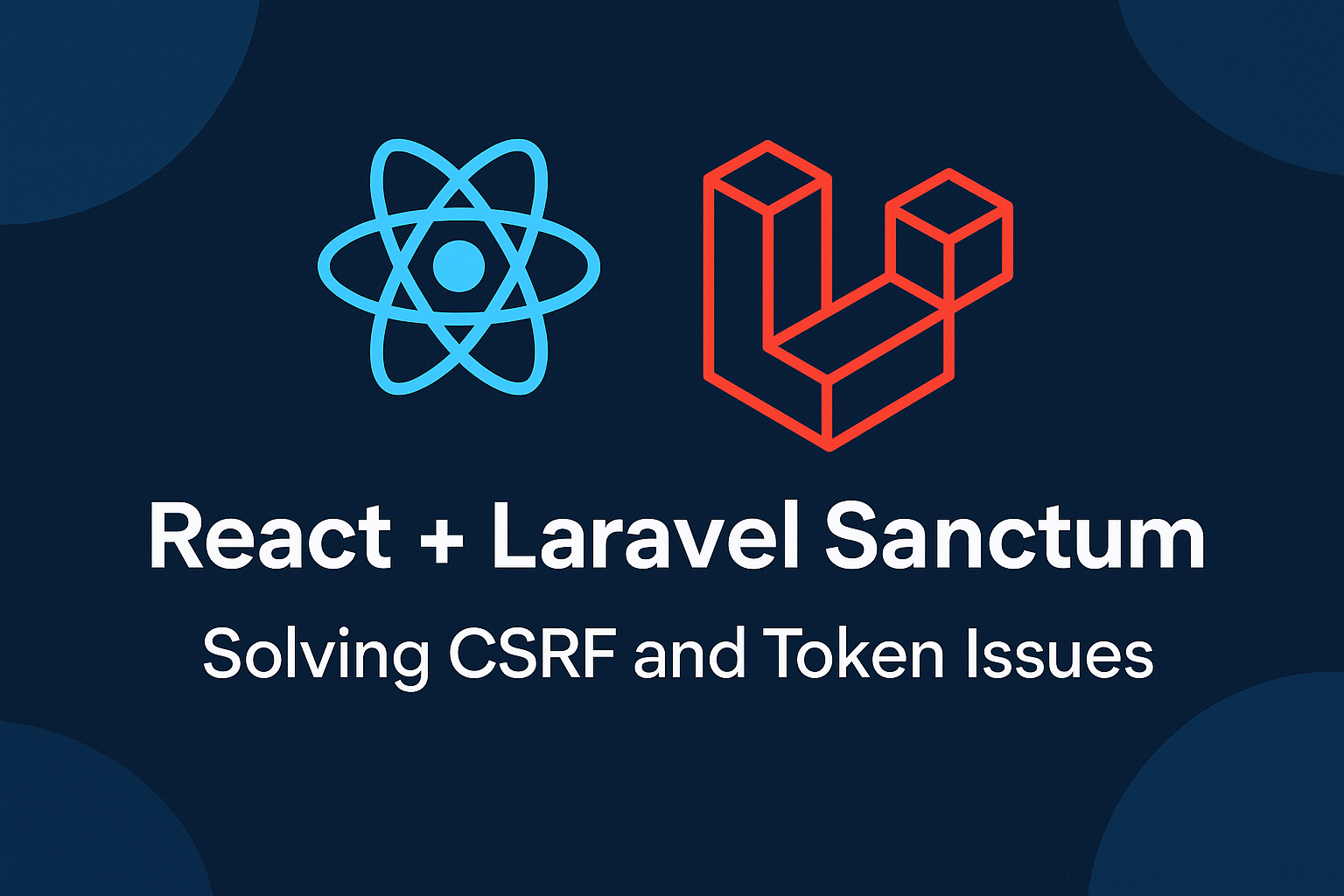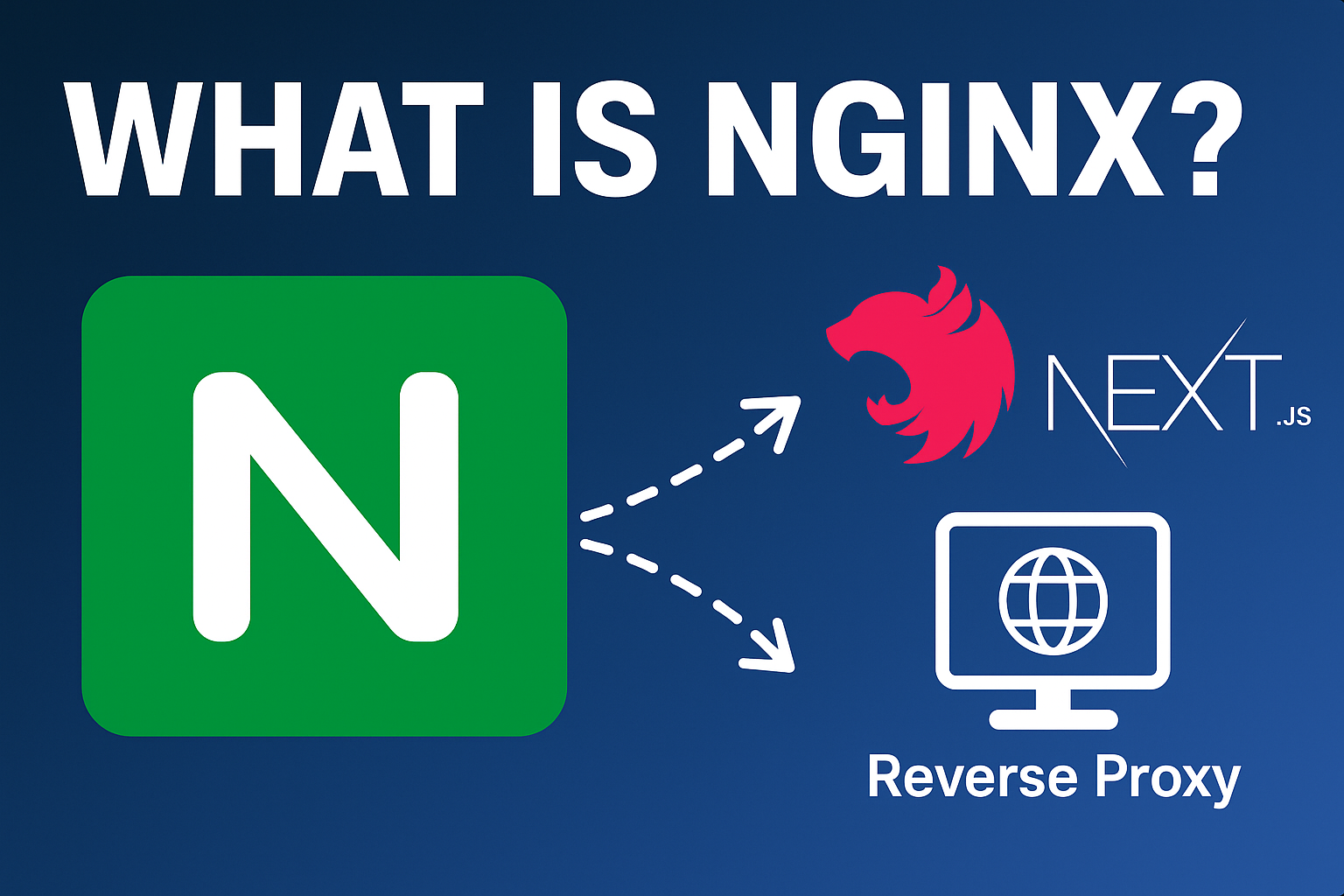
Why NestJS is a Game Changer for Scalable Backend Applications
Why NestJS is a Game Changer for Scalable Backend Applications
In the world of backend development, maintainability and scalability are everything. As projects grow, the cost of poor structure multiplies. That's where NestJS shines — offering a robust, opinionated framework built on top of Node.js that embraces modular architecture, clean code practices, and TypeScript by default. Having recently completed a deep dive into NestJS, I can confidently say: it brings the best of backend structure to the JavaScript/TypeScript ecosystem.
Why NestJS Makes Sense for Modern Projects
- Modularity at its core: Each feature can be encapsulated within its own module. This means cleaner code, easier testing, and the ability to scale with minimal friction.
- Built-in support for microservices: NestJS isn’t just about HTTP — it has first-class support for gRPC, WebSockets, and message brokers like Kafka or RabbitMQ.
- TypeScript-first development: No need for TypeScript shims or workarounds. NestJS leverages TypeScript from the ground up, making large codebases easier to manage.
When Should You Choose NestJS?
NestJS is ideal for:
- Large-scale applications that require maintainable architecture.
- Microservice-based systems that rely on structured service communication.
- Teams looking for Angular-like architecture in the backend for consistency.
If you're working with frontend technologies like Next.js, NestJS makes a natural backend companion — both TypeScript-heavy and designed with developer experience in mind.
Final Thoughts
Whether you’re building an API for a SaaS product or constructing a backend for real-time applications, NestJS provides the structure and flexibility modern development demands. As a Laravel specialist, I found the transition to NestJS smooth — thanks to its emphasis on architecture and design patterns. If you're looking for a Node.js-based backend that scales, give NestJS a serious look.
Comments
(0)
Leave a Comment
No comments yet
Be the first to share your thoughts!



